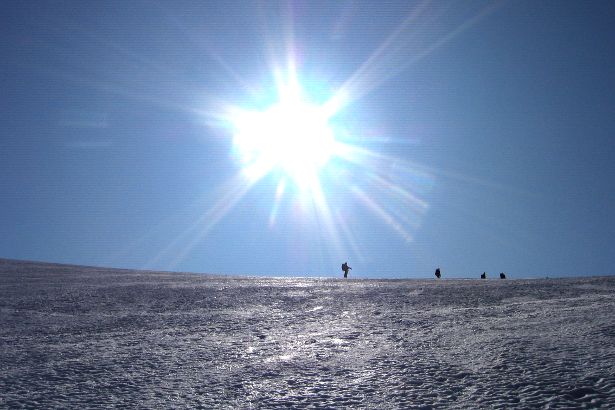While researching my book, I contacted lots of different explorers and adventurers and asked them to contribute a top tip in their given field. It was impossible to include all of them in the book however so I will publish some of the extra ones on this website.
These ten tips come from Charlie Paton of Extreme Outdoor Adventures. Charlie is an ex-Royal Marine and ex-biathlete who was part of the first British team to walk unsupported from the Canadian coast to the Geographic North Pole.
Over to Charlie…
1. If comes apart, take it apart
Analyse every single bit of equipment that has moving parts e.g. ski bindings, fuel pump, stoves. If it comes apart then take it apart and make sure you know how to put back to full working order. Do it several times over so that you can fix when you’re on the move in a white-out at minus 40.
2. Can you fix it?
Your spares and repair kit should have the correct tool items and equipment to fix and repair all the breaks and damage that will happen on the trip. To know what to take you must ananlyse every piece of kit and ask yourself: What if this piece breaks? Can I fix it with what I have? The answer should be: yes.
3. Check the area after each break
Every time you set off after the break make sure the last man checks all around the area for left items. A surprising amount of people realise they have left a camera case, mitt or GPS back at the last break position. It may have just fallen off the pulk and you haven’t noticed. This also includes left food wrappers.
4. Drink even when you’re not thirsty
As the cold can hide your personal hydration levels, make sure you drink plenty throughout the day, even if you don’t feel thirsty. This will have a knock on effect further down the line.
5. Listen to your body
Listen to your body for signs of tiredness, aches and hunger, and communicate with team members about it. Do not ignore the signs, no matter how trivial.
6. Secure kit outside your tent
Before coming into the tent, make sure you secure external kit like skis pole and shovels. In a storm they will get blown away or buried.
7. Respect your kit
Look after you kit and treat with respect. Everything has a shorter and weaker lifespan at -40C.
8. Remember where you put your spoon
Keep to your personal routine and look after your kit in side the tent. For example, as soon as you’re finished with your spoon, get it away and stowed wherever you keep it (e.g. inside your jacket pocket) Do this every day of every trip and then you will know where it is instead of having to search through all of your bags .
9. Take a fleece liner
Take a fleece sleeping bag liner. It adds an extra 5 degrees of warmth to your bag.
10. Look ahead before crossing leads
When navigating, look some way in front before you decide you need to cross a lead (stretch of open water), particularly ones that wind around. 200 metres further on you might have to cross back over as its changed direction. This wastes time and can be complicated when they are wide.
Charlie’s company Extreme Outdoor Adventures offers guided polar expeditions and other expedition services.
[divide]
[divide]
How to Get to the North Pole:
and Other Iconic Adventures
Newly published for April 2012
[button color=”green” link=”http://www.thenextchallenge.org/books/” size=”big” target=”_blank” font=”arial” fontw=”bold” textcolor=”#fff” align=”center” radius=”10″]Order Now[/button]


What do you think? Please do add your thoughts below…